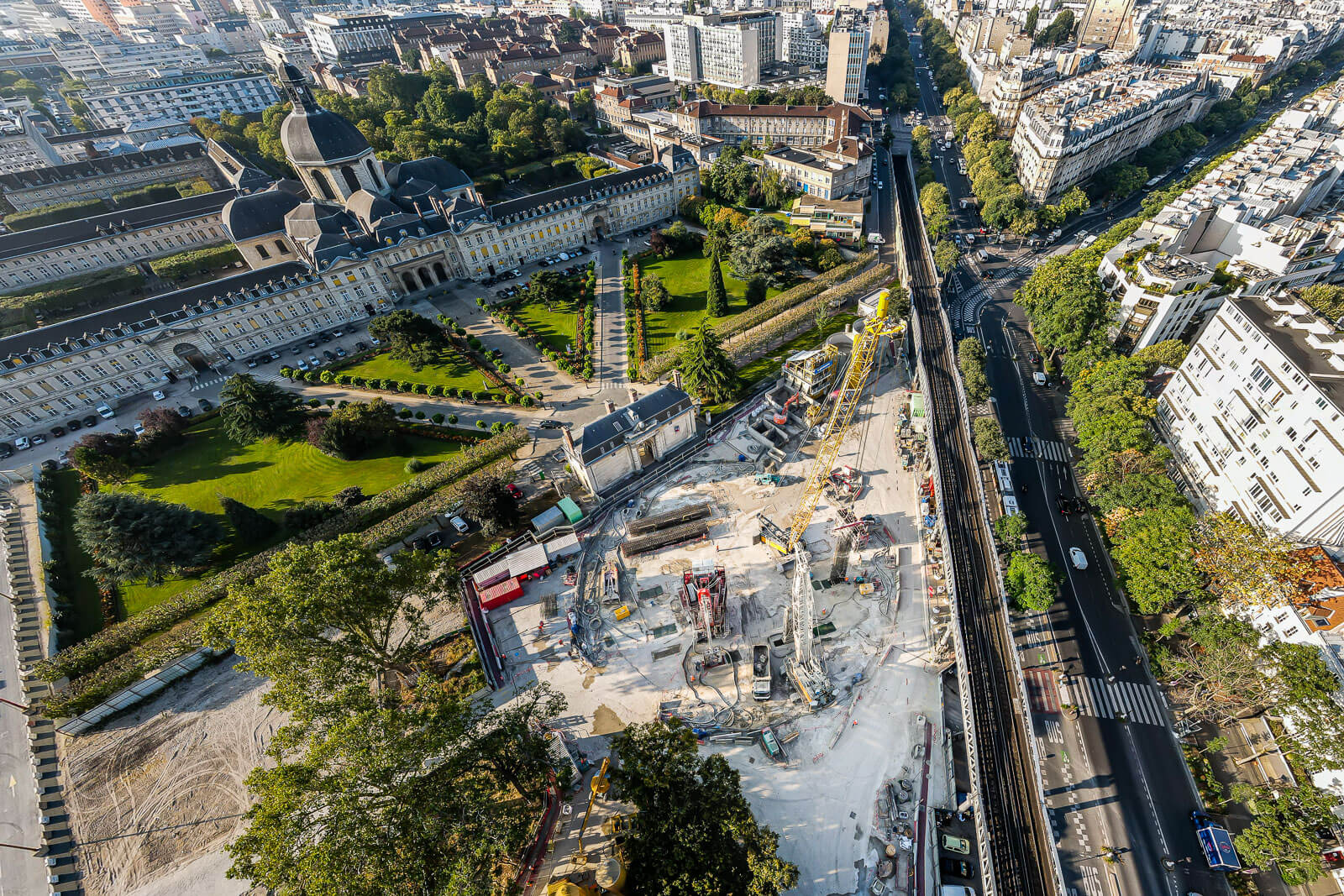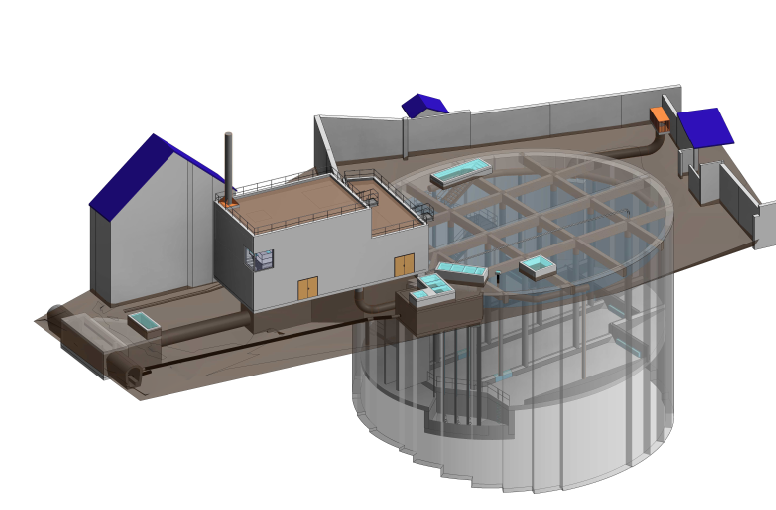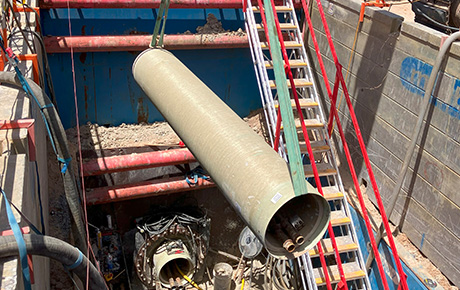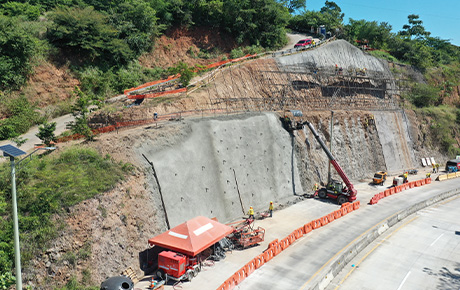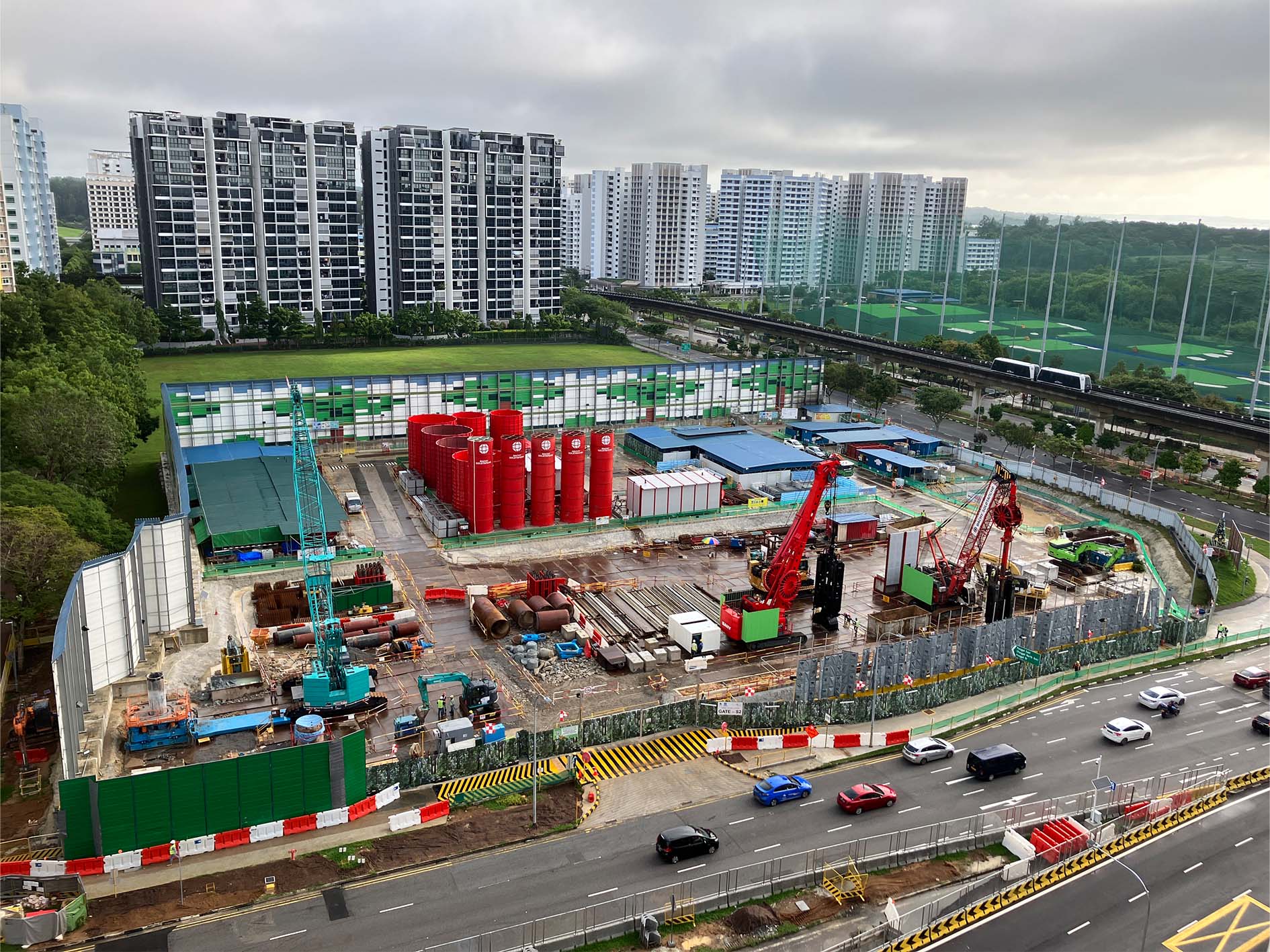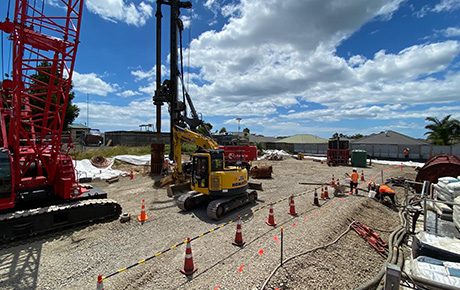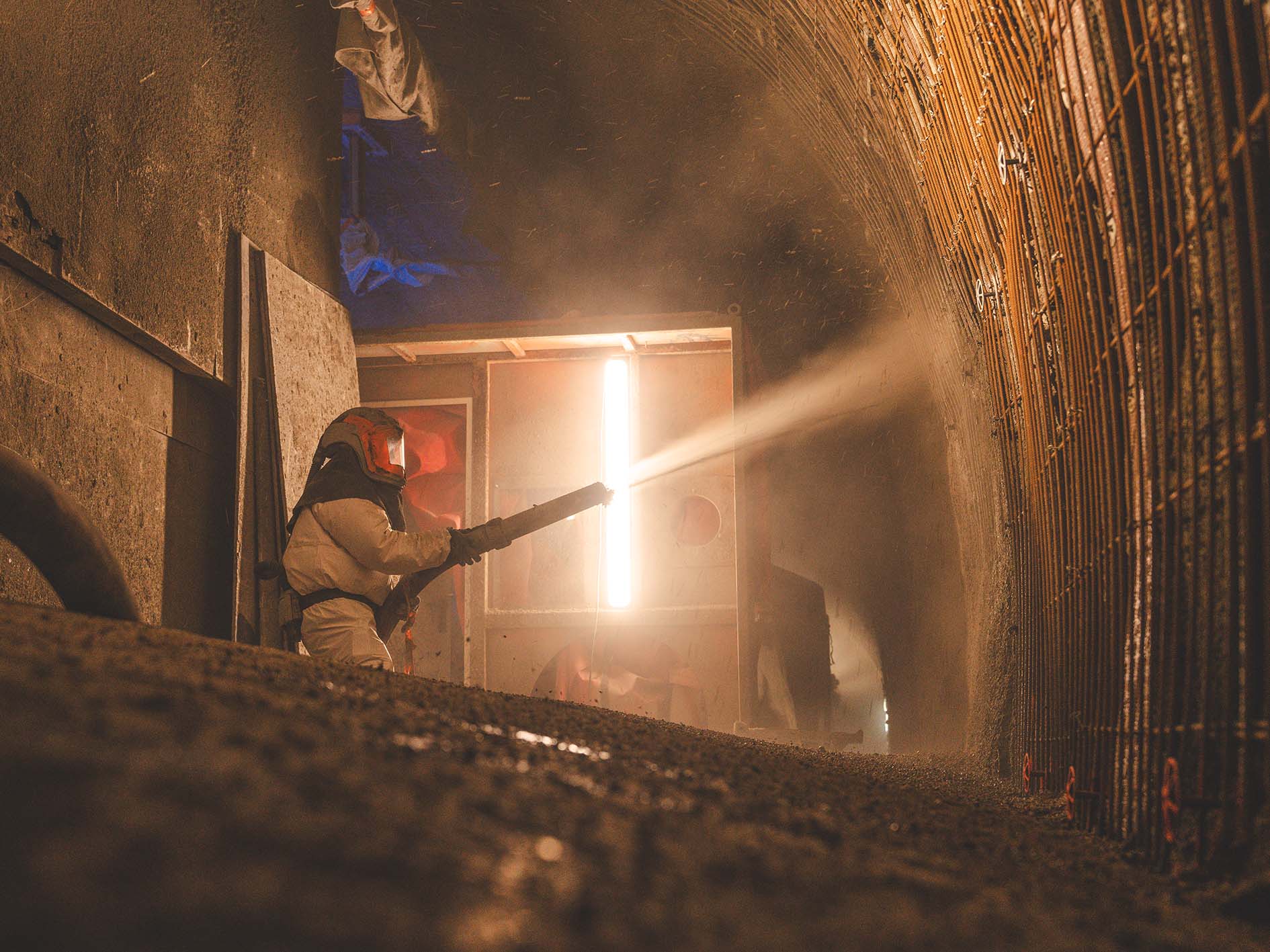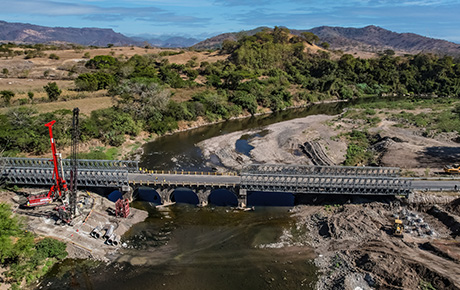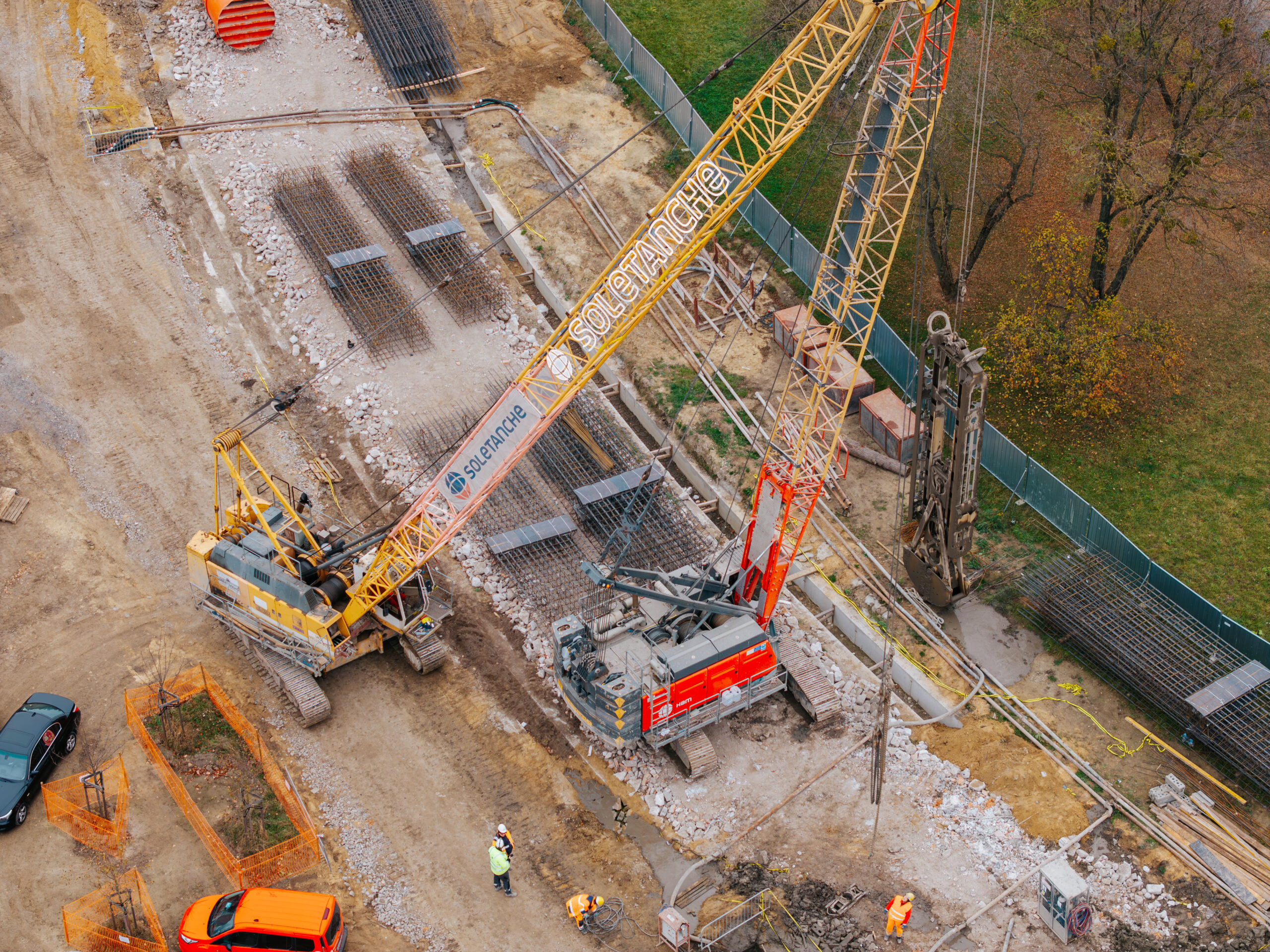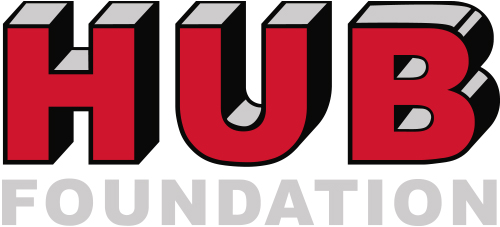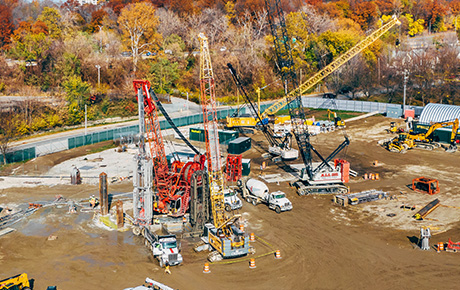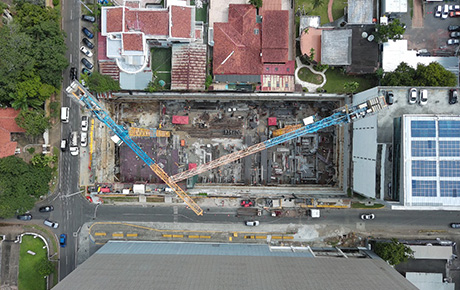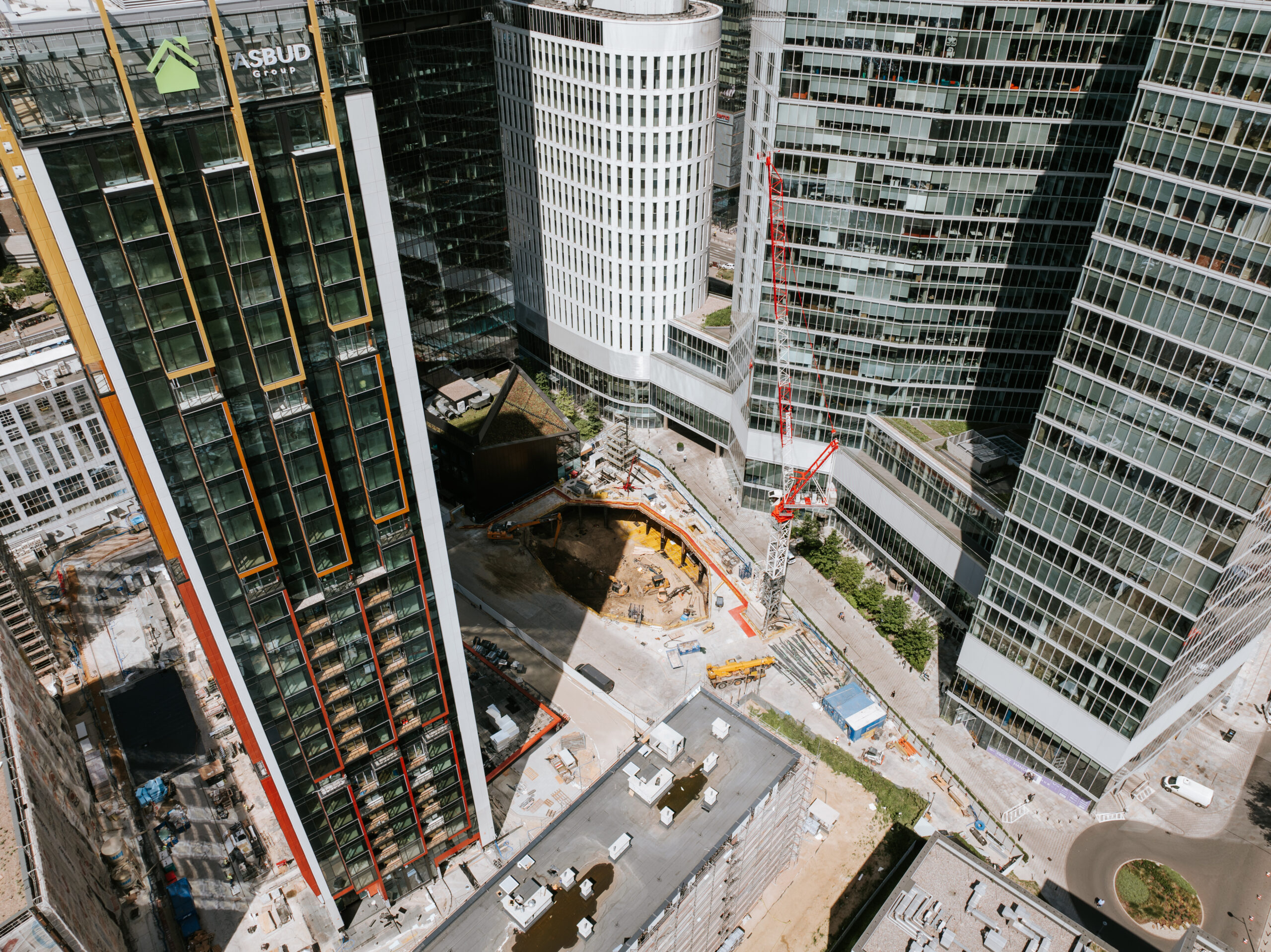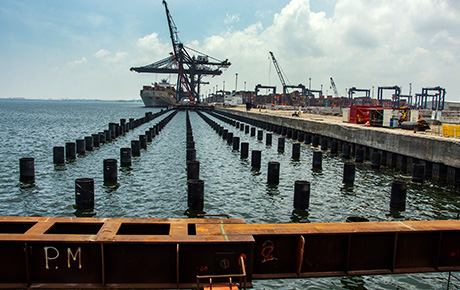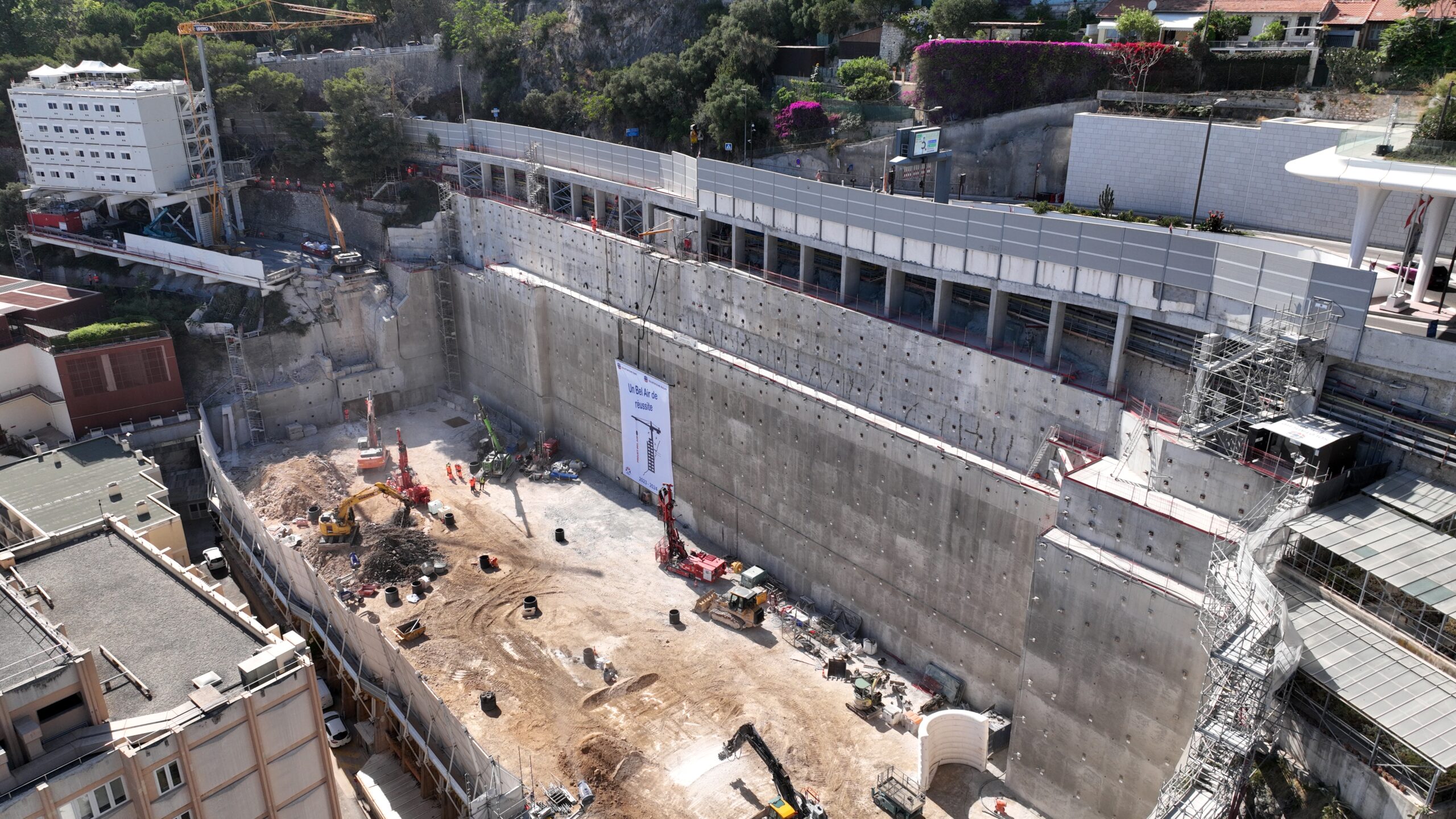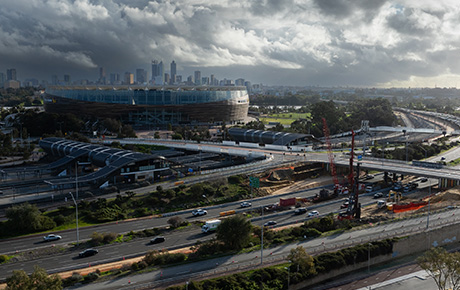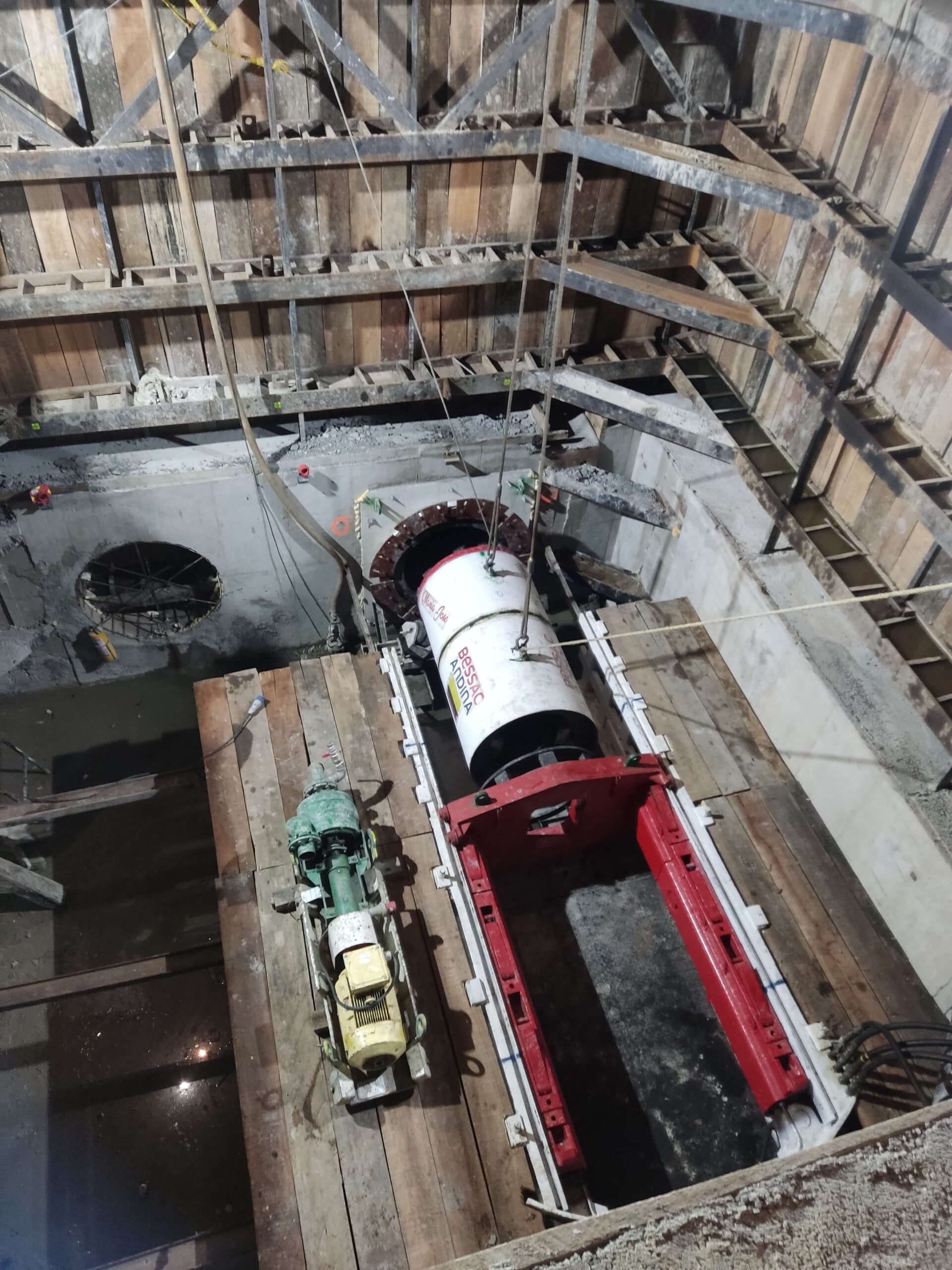December 13th, 2021
The Austerlitz tank – a project tackling the full range of environmental issues
Environment | News | Project
The City of Paris has decided to build a storage and compensation tank near the Gare d’Austerlitz.
Soletanche Bachy France and Bessac are contributing (part of the Impluvium consortium) by helping to create a structure with a positive environmental impact which will:
- Collect wastewater overflows from the sewerage network during periods of heavy rain (50,000m3 storage capacity)
- Improve the quality of the water in the Seine upstream of the Trocadéro. The project is part of a plan to reduce bacteria discharged into the Seine by 75%.
As a reminder, the project involves the construction of four main structures:
- A water storage and compensation tank (the Buffon tank)
- Two structures to recover water from stormwater drains on either side of the Seine (Valhubert structure and Tournaire structure)
- A collector/tunnel connecting the various structures
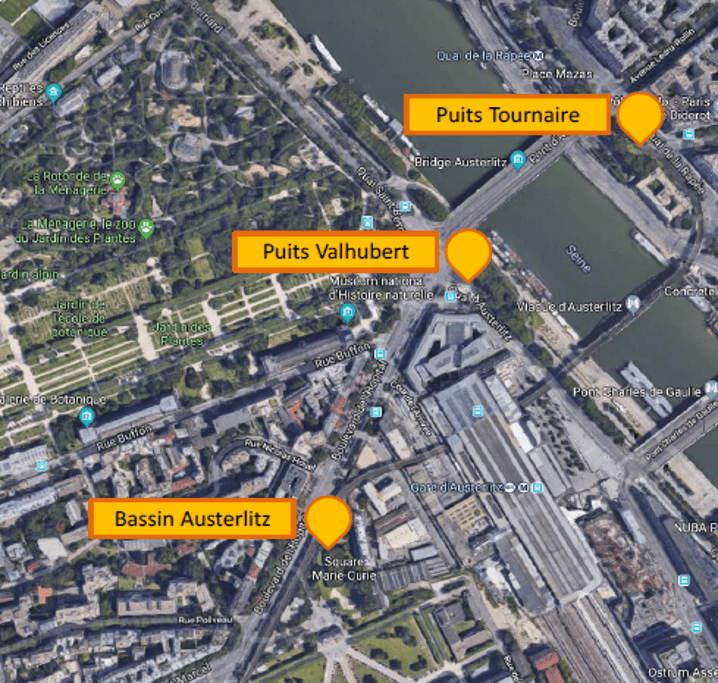
Soletanche Bachy France has contributed to reducing the project’s carbon impact through numerous actions, both in advance of the project and during the worksite execution phase:
- Optimised design using fewer materials
This large structure will have a high retention capacity and be subject to significant uplift pressure. One of the project’s challenges lies in optimising the lengths of the raft-anchoring foundations.
In addition to the mixed anchoring initially planned, made up of 20 barrettes and 236 micropiles, the project was expanded to include a tensile test on a barrette.
The slab foundations were optimised by conducting a load test on a specific barrette, allowing the removal of 236 micropiles and the addition of just 12 additional barrettes using the O-Cells method – a first in France!
- 48% reduction in CO2 emissions thanks to transport via the Seine
86,000m3 of spoil needed to be removed from the site, particularly from the tunnel. The consortium opted for a semi-trailer combined with a barge to remove it. This system saved 960 tonnes of CO2.
Carbon footprint of spoil transportation (tCO2) :
| Road transport only | 2000 |
| River and road transport | 1040 |
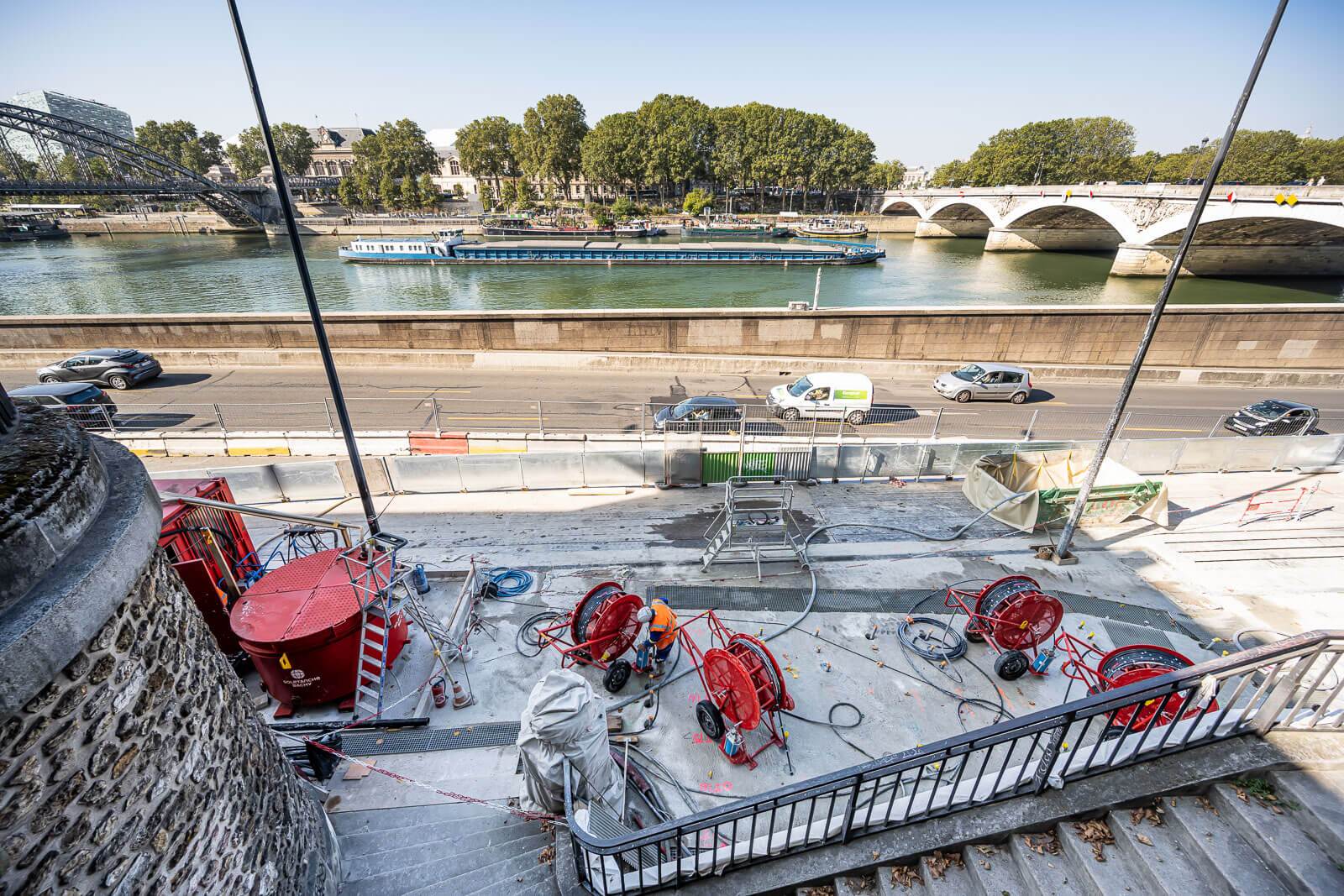
- 70% reduction in emissions thanks to the electric Hydrofraise®
After Testimonio II, the electric Hydrofraise® joined the Austerlitz worksite for construction of the tank’s circular diaphragm walls (work which has just been completed).
This move was not a foregone conclusion however.
The teams encountered a major new challenge during the preparatory phase of the work.
Unlike the project in Monaco, which took place in a restricted space where every square meter was put to good use, the massive structures to be built for the Austerlitz project are located in a large worksite where the use of an electric Hydrofraise® needed large-scale electrical coverage.
The worksite teams therefore worked with the equipment department to develop a system with multiple connections around the structure, in order to facilitate use of the Hydrofraise® at all times.
This first use of the electric power pack in France therefore reduces the worksite’s greenhouse gas emissions by around 70%, representing a saving of 786 tonnes of CO2. Measurements carried out on the worksite by an inspection office also reveal a reduction of more than 5dBA in the noise generated by the Hydrofraise® power pack. This benefit was accompanied by a very significant reduction in vibrations.
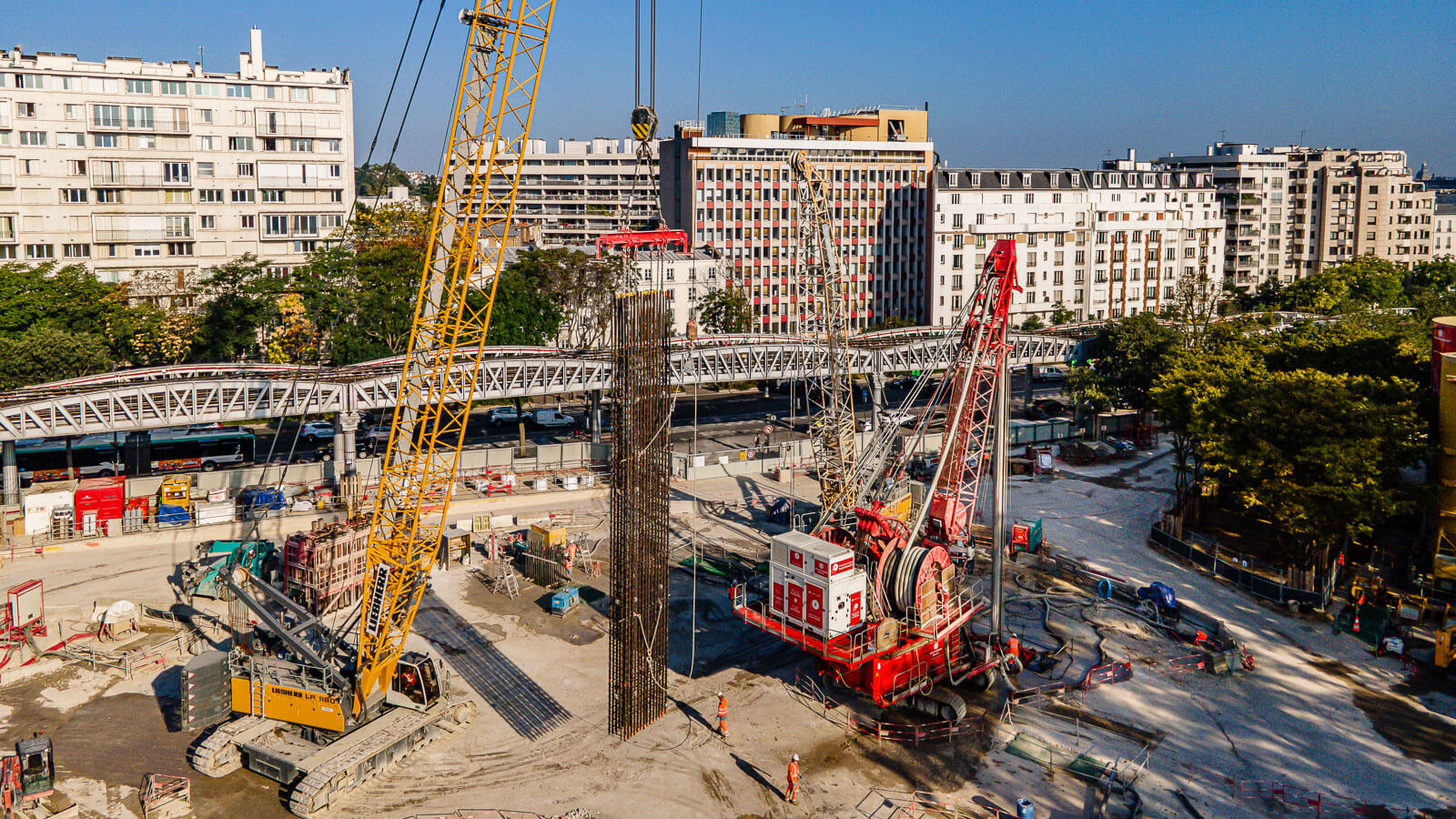
- 26% reduction in emissions thanks to EXEGY By Soletanche Bachy low-carbon concrete
The diaphragm walls of the Tournaire and Valhubert shafts required approximately 25,000m3 of concrete foundations. The availability of low-carbon concrete on the market enabled the worksite to reduce its CO2 emissions by 1,300 tonnes.
- Small daily gestures to support the environment
Other more regular actions are carried out by our teams on the worksite. A commitment by everyone:
- Installation of the TRIBOX
- Supply of flasks
- Purchase of mugs to replace plastic cups
- City of Paris waste sorting: household waste, paper, cardboard, glass
- LED lighting for the worksite
- Sorting of several types of waste on the worksite: cigarette butts, plastic bottles, empty ink cartridges and batteries
